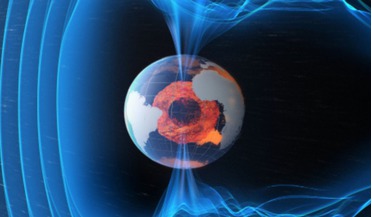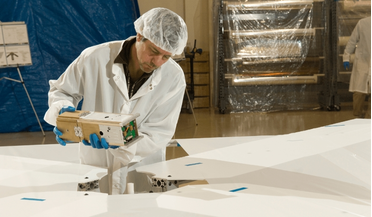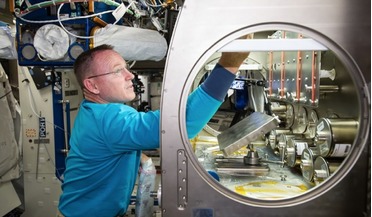 July 2016
Plasma Crystals - from space research to medicine on Earth and back to space again
July 2016
Plasma Crystals - from space research to medicine on Earth and back to space again
... particles could be visualised using a CCD camera through a suitable optical system (the particles were ‘lit up’ with a laser) and their motion could be followed quite easily. Therefore physicists not only had a system at their fingertips...
 August 2016
Our changing world and the mounting risk of a calamitous solar storm
August 2016
Our changing world and the mounting risk of a calamitous solar storm
... to address the asteroid threat. There are many programmes that range from directed energy beam systems to ‘Laser Bees’ to nuclear energy systems that the SMPAG could consider if presented with an actual threat to Earth from...
 August 2016
Flying in formation - why China and the rest of the world should collaborate
August 2016
Flying in formation - why China and the rest of the world should collaborate
... even need a new launch for completion. Joint experiments: it enables experiments relying on two stations, for example, laser communication and long baseline astronomical observation. And also, a ‘dual’ station makes it possible to do the same...
... Mission will demonstrate a host of enabling technologies for future deep space missions, including advanced onboard autonomy, laser communications, inter-satellite links and low-gravity operations, while exploring the Didymos binary asteroid system...
 January 2017
New oceans beckon for solar sail technology
January 2017
New oceans beckon for solar sail technology
... to use a relatively small sail, on the order of a few square metres in area, illuminated by a high power laser (around 60 GW) to accelerate a 1 gram-scale spacecraft to a significant percentage of the speed of light as a means of sending multiple...
 January 2017
Mini space station for mice to study effects of reproduction in reduced gravity
January 2017
Mini space station for mice to study effects of reproduction in reduced gravity
... data rate communications but these typically require utilization of transmission systems requiring accurate point control such as laser based communications. This need for high accuracy pointing is hard to achieve from a spinning facility. Therefore...